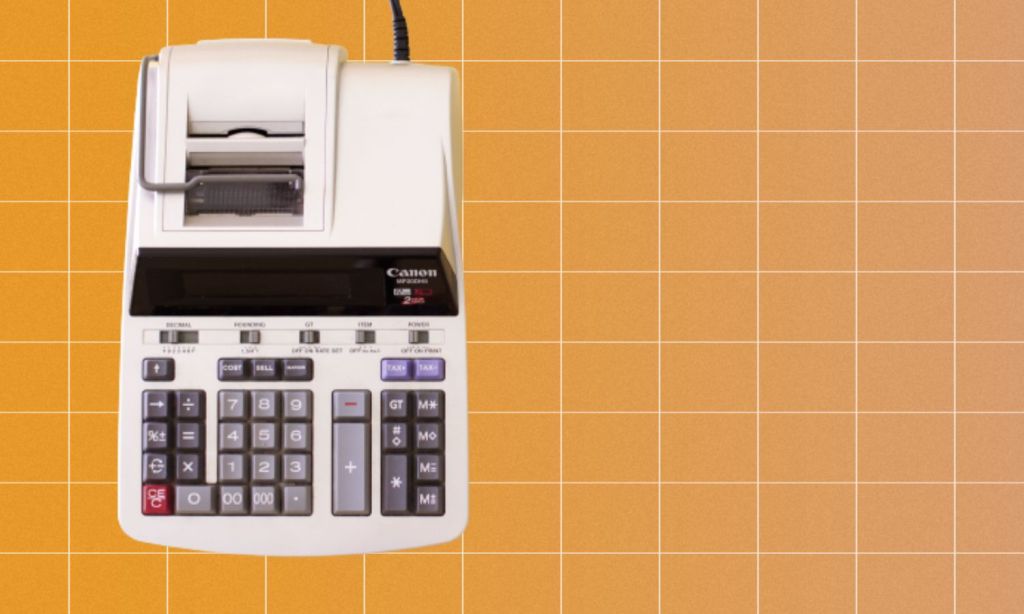The end of the financial year means its time to lodge your tax return. While you might’ve filed it many times before, there’s always something new to learn to ensure you’re maximising your refund (or offsetting your tax office payment).
Ahead, Mark Chapman, Director of Tax Communications at H&R Block, shares some of the common mistakes he sees people making when completing their tax returns, as well as what to do instead. Though some mistakes may seem obvious, they’re still worth noting so there’s no chance you make them.
Not Claiming Everything You’re Entitled to
As you probably know, you’re entitled to claim a deduction for any expense which you incurred in earning your income. So, if you have incurred a work-related expense, and you have the paperwork to prove it, you shouldn’t hesitate to claim it, says Chapman. He says clothing purchased as part of a mandatory work uniform, including handbags and briefcases you use for work, are often forgotten in claims.
“In saying that, there’s been a change in the way you can claim deductions this year,” he says. “From July 1, 2022, you can claim a 67 cent per hour fixed rate — the old 80 cents per hour ‘shortcut’ rate and the 52 cents per hour fixed rate have been abolished. Confusingly, the items covered by the new fixed rate have also changed.”
Working-from-home expenses now include energy expenses, like electricity and gas, for lighting, heating, and cooling, and electronic items like internet expenses and mobile phones, as well as stationary and computer consumables.
“Importantly, if you claim the fixed rate, you cannot claim separately for any of the expenses above, including mobile phone use,” says Chapman. “So, even if you use your mobile phone outside the home for visiting clients, on the road, even at your office, you cannot claim these costs.”
Overclaiming Deductions
As you likely know, too, you can only claim what you’ve spent. So, don’t inflate deductions in order to get a bigger refund and only claim for costs you can prove you spent, by producing an invoice, receipt or bank statement for instance, says Chapman.
“If your deduction claims are found to be incorrect, you will be required to repay the tax avoided, plus pay interest,” he says. “If the ATO believes that you have acted carelessly, a penalty between 25% and 95% of the tax avoided may also be charged.”
Don’t Rely on Pre-Filled Data From the ATO
“These days, with the push of a button, you can pre-fill lots of your income information straight from the ATO’s systems,” says Chapman. “Some people assume that because the data comes from the ATO, it must be right. That’s a dangerous assumption, especially in July and early August.”
Instead, Chapman says, take care and don’t assume that income data is correct. Particularly if you are lodging early, always use your own information as the key source data.
Getting the Basics on the Form Wrong
Though this may seem obvious, don’t get the basics of your tax return wrong, as it could get held up by the ATO. Chapman says he’s seen that frequently happen.
“Name or address? Tell the ATO before you lodge your return,” he says. “If you lodge under different details, the ATO won’t be able to match it with your Tax File Number. Delays will ensue.”
Chapman says to also watch out for bank account details being correctly filled out, as well as not making spelling mistakes, like an accidental extra letter on your name.
Trying to Do Your Tax Return Yourself
Finally, it’s worth at least considering using a tax agent to prepare your tax return. They could make all the difference in your refund amount or ATO penalties.
“An experienced agent will usually be good at sniffing out those obscure tax deductions you didn’t know you could claim so they can often pay for themselves several times over — as the differing refunds sizes above show,” he says. “The tax agent’s fee is tax deductible.”
Related: A Finance Expert on the First Thing You Should Do With Your Tax Refund
Related: Work Smarter, Not Harder: How to Use ChatGPT to Make Money
Read more stories from The Latch and subscribe to our email newsletter.

